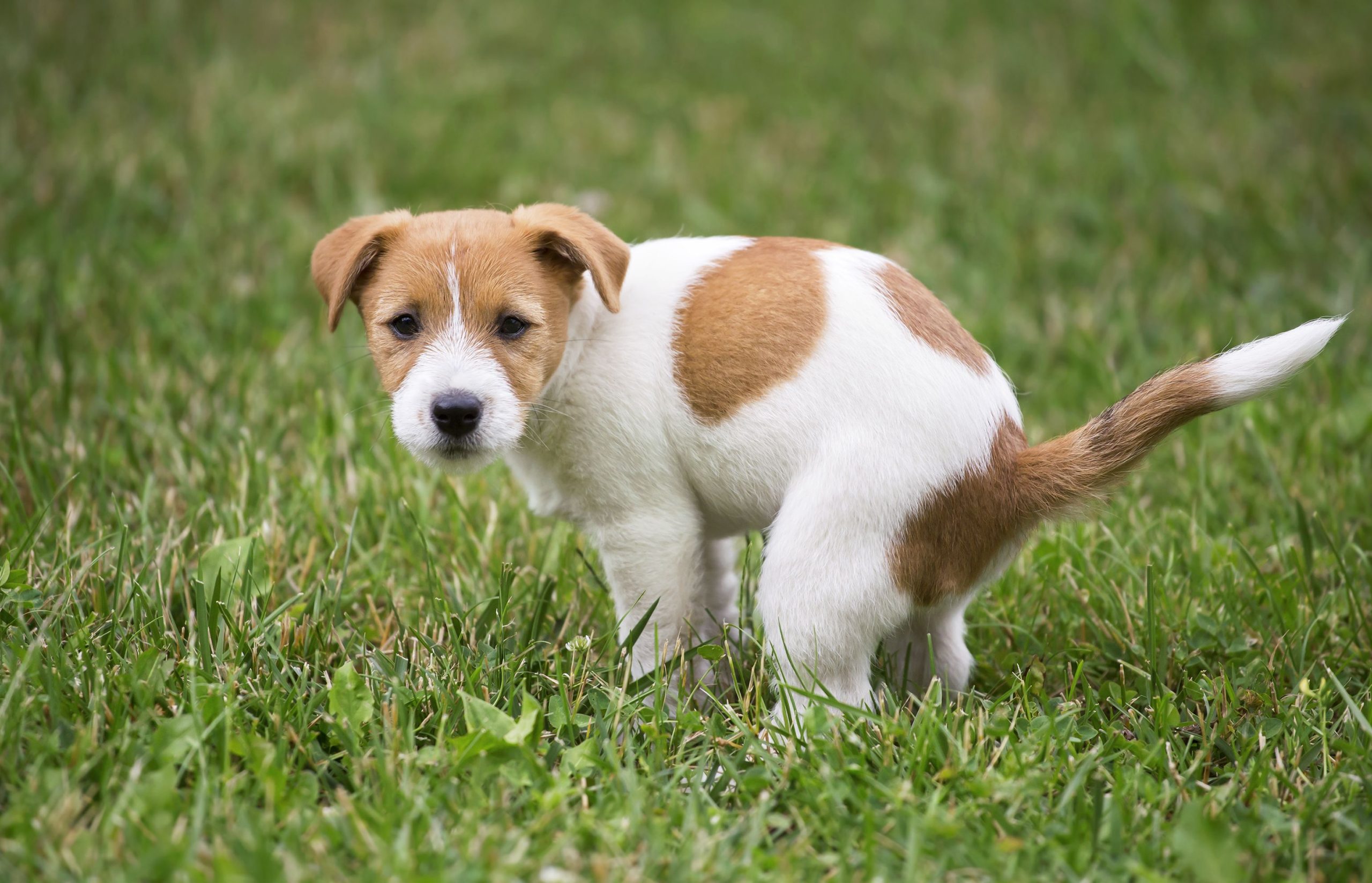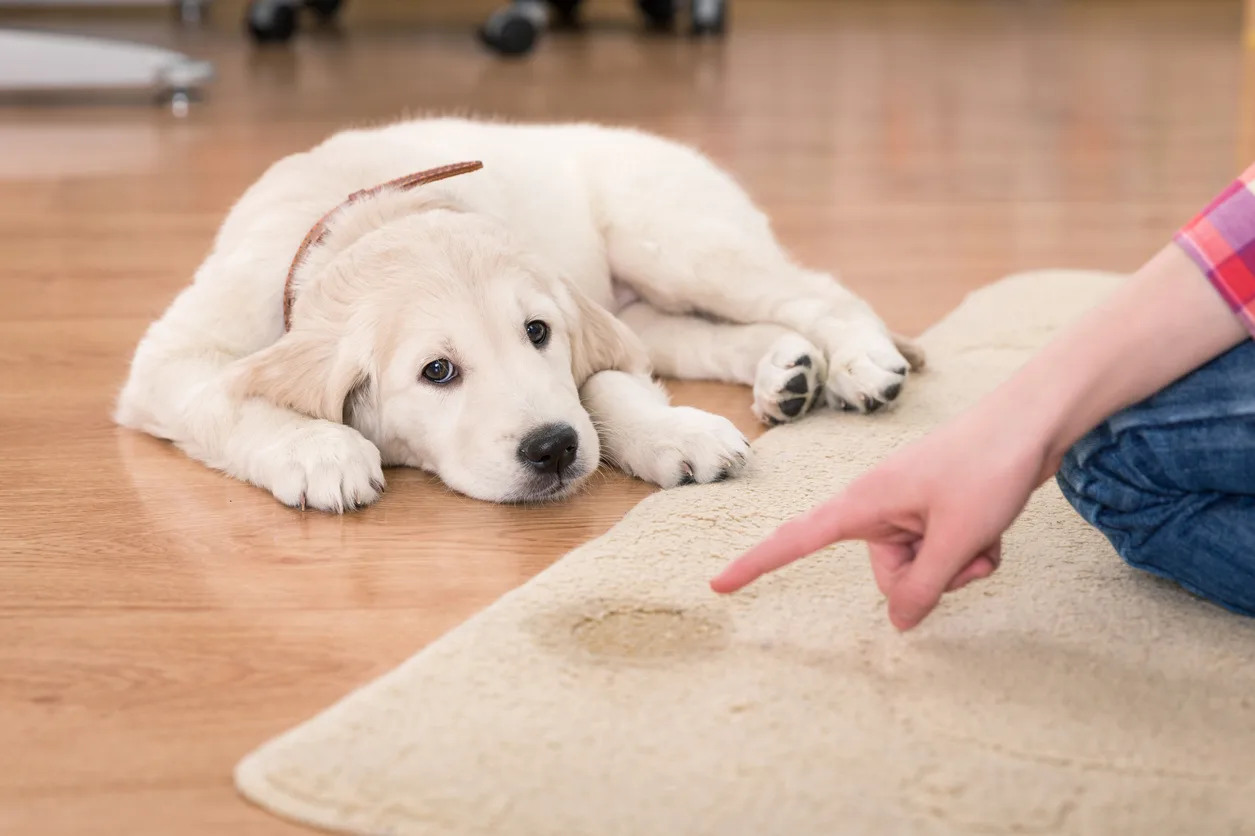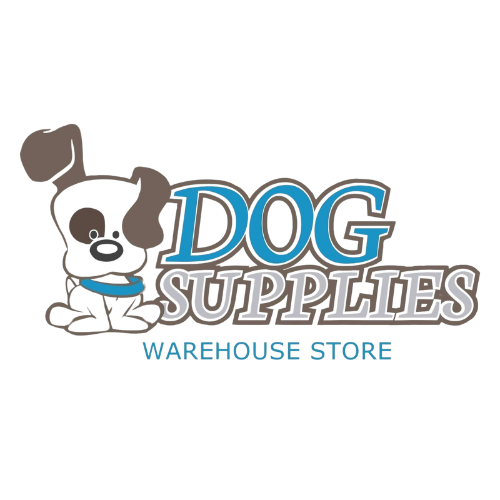Potty training your dog is one of the most important and rewarding aspects of pet ownership. A well-trained dog knows where and when to go, and this leads to a happier home, cleaner environment, and stronger bond between you and your canine companion. While the process may seem daunting at first, with the right approach, consistency, and patience, your dog can learn the habit of going in the right spot, whether indoors or outdoors. This guide will walk you through the steps and strategies necessary to master the art of potty training.
Understanding the Basics of Potty Training
Before diving into the practical steps, it’s crucial to understand the foundation of potty training. Dogs have natural instincts that guide their behavior, and these instincts can work in your favor when it comes to potty training. Most dogs naturally prefer to relieve themselves away from their living space, and this behavior can be shaped into reliable habits with proper training.
At the core of successful potty training is the establishment of a routine. Dogs thrive on structure and repetition, and when they know what to expect, they are more likely to behave accordingly. Creating a consistent feeding and potty schedule helps to regulate when your dog needs to go, making it easier for both of you to manage the process. Additionally, establishing a positive association with potty training is vital. By using positive reinforcement, such as treats and praise, your dog will quickly learn to connect going in the right spot with a reward.
Choosing the Right Potty Spot
One of the first steps in potty training is selecting a designated potty spot. Dogs are creatures of habit, and choosing a consistent spot for them to relieve themselves helps establish a reliable routine. The location you choose should be easily accessible and relatively quiet, away from high foot traffic or distractions that might interfere with your dog’s focus.
For those who live in homes with yards, outdoor potty training is often the ideal option, providing your dog with plenty of space to explore and find the perfect spot. However, if you live in an apartment or a home without direct access to an outdoor area, indoor options like pee pads or artificial grass can work just as well. The key is consistency—whether you choose indoor or outdoor potty spots, make sure your dog knows exactly where to go each time.

As you decide on the potty spot, consider factors like privacy and accessibility. Your dog should feel comfortable and secure when relieving themselves, so choosing a location that’s easy for them to access and away from distractions will lead to faster results.
Step-by-Step Potty Training Process
Once you have the basics in mind and have chosen the right spot, the next step is to establish a structured potty training routine. Consistency is essential when it comes to building your dog’s potty habits, and starting with a regular feeding and potty schedule is key.
Begin by feeding your dog at the same times each day, as a structured feeding schedule will help regulate their bathroom needs. After each meal, take your dog to their designated potty spot. It’s important to take your dog outside or to their indoor potty area frequently, especially after meals, naps, and playtime. Puppies, in particular, have small bladders and may need to go out as often as every 1-2 hours during the early stages of training.
While establishing this routine, pay close attention to your dog’s body language. Dogs often give subtle signs when they need to go—sniffing the ground, circling, or becoming restless are all common indicators. Recognizing these signals will help you prevent accidents and guide your dog to the right spot in time.
In addition to a consistent routine, teaching your dog a verbal cue, such as “go potty,” will reinforce the behavior. Use the command each time you take your dog to their designated spot and reward them immediately after they finish. This association between the command and the act of eliminating will help your dog understand what’s expected of them.
Rewarding Success and Dealing with Accidents
Positive reinforcement is the cornerstone of successful potty training. Whenever your dog eliminates in the correct spot, immediately reward them with treats, praise, or playtime. The more you reinforce this behavior, the more your dog will want to repeat it. The timing of the reward is crucial—your dog needs to understand exactly what behavior they are being praised for, so make sure the reward comes right after they go in the correct spot.
Even with the best routine and training methods, accidents are bound to happen. It’s important to remain calm and patient during these moments. Never punish your dog for having an accident, as this can lead to confusion and fear, making training more difficult. Instead, clean up the accident thoroughly using an enzyme-based cleaner that eliminates any lingering odor. This will help prevent your dog from being attracted to that spot again.

Overcoming Common Potty Training Challenges
Every dog is different, and you may encounter unique challenges during the potty training process. For instance, some dogs, particularly older or stubborn breeds, may take longer to grasp the concept. In these cases, extra patience and persistence are necessary. If your dog is struggling, consider breaking the training into smaller steps and offering more frequent rewards to reinforce progress.
Training in an apartment or small space can also present challenges, especially if outdoor access is limited. In these situations, indoor options like pee pads or litter boxes designed for dogs can be effective alternatives. Gradually transition from indoor to outdoor potty training, if desired, by moving the indoor setup closer to the door over time.
Training puppies and adult dogs can also differ slightly. Puppies, with their short attention spans and frequent bathroom needs, require constant supervision and more frequent potty breaks. On the other hand, adult dogs may have ingrained habits that need to be reshaped, but they can also typically hold their bladder for longer periods.
Crate Training as a Potty Training Tool
Crate training can be an incredibly useful tool in the potty training process. Dogs naturally avoid soiling the area where they sleep, and a properly sized crate can help encourage your dog to hold their bladder until they are let out. The crate should be large enough for your dog to stand up, turn around, and lie down comfortably, but not so large that they can eliminate in one corner and sleep in another.

The crate can serve as a safe and comforting space for your dog, helping to establish a routine and minimize accidents when you are unable to supervise. Use the crate for short periods when you can’t watch your dog closely, but be sure to give them plenty of opportunities to go outside or to their designated potty spot.
Potty Training for Special Circumstances
Not all dogs or living situations are the same, and some special circumstances may require adjustments to your potty training strategy. For example, training your dog in different weather conditions can be tricky. Rain, snow, or extreme temperatures can discourage your dog from wanting to go outside. To help overcome this, create a covered outdoor potty area or use indoor alternatives during extreme weather conditions.
If you travel frequently, maintaining your dog’s potty training routine can be challenging. Bring along familiar items like their pee pads or create a designated potty spot at your travel destination. Consistency is key, even when you’re away from home.
For dogs with disabilities or mobility issues, potty training may require additional patience and accommodations. Work with your vet to explore options that ensure your dog’s comfort and success.
Long-Term Success and Maintenance
Potty training doesn’t end once your dog learns to go in the right spot. To maintain long-term success, it’s important to continue reinforcing good behavior and preventing regression. Even as your dog becomes more reliable, continue to offer praise and rewards when they follow their potty training routine.
Gradually, as your dog becomes more consistent, you can offer them more freedom in the home. However, avoid giving too much freedom too quickly, as this can lead to accidents. Keep a close eye on your dog’s behavior, and continue providing regular potty breaks.
When to Seek Professional Help
Sometimes, potty training issues can persist despite your best efforts. If your dog continues to have frequent accidents or shows signs of anxiety or behavioral problems, it may be time to consult a professional trainer or behaviorist. A professional can help identify any underlying issues and provide personalized strategies to overcome them.
Additionally, if you suspect that a medical issue, such as a urinary tract infection or incontinence, is affecting your dog’s potty habits, it’s important to consult a vet. Addressing any health concerns can make a significant difference in the success of potty training.
Mastering the art of potty training requires patience, consistency, and positive reinforcement. By establishing a routine, choosing the right potty spot, and reinforcing good behavior, you can teach your dog to go in the right spot reliably. While challenges may arise along the way, staying calm and dedicated to the process will yield long-term success. With time and effort, your dog will develop the habits needed to maintain a clean and happy home, making potty training a rewarding experience for both you and your furry friend.

After 5 years in a high pace business management role, I partnered with an e-commerce developer to start building Dog Supplies Warehouse.
Our number one goal is to make sure all products are managed and delivered to our customers door fast and accurately.

